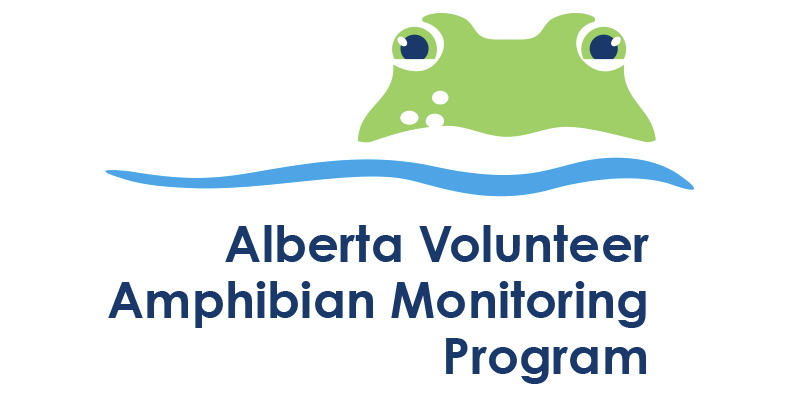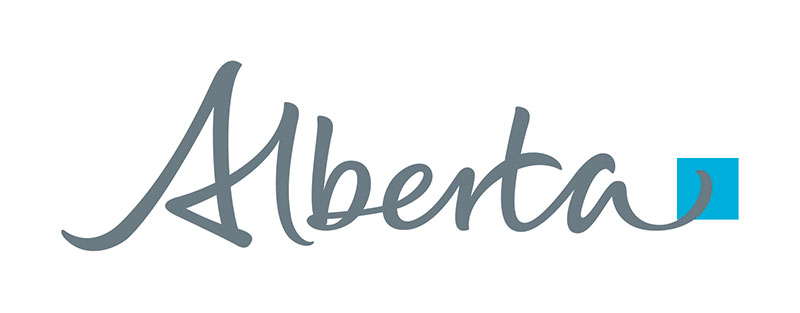What’s a Wetland Worth?
By Lorne Fitch
It wasn’t much of a pond—a puddle in some minds. Most called it a slough, a somewhat demeaning term. It filled in the spring and slowly receded into a sea of foxtail by late summer. The cattle wallowed along the edges and created monstrous hummocks, dangerous to walk on and treacherous to navigate otherwise. As I remember it, as summer progressed a patina of duckweed and algae developed. Mosquitoes swarmed out of the pond, to be met by ferocious dragonflies—the helicopter gunships of the insect world. There was an olfactory aura surrounding the wetland—rich, earthy and often breathtaking.
No cropland was harmed by its spreading waters; the loss of pasture was compensated for by a shorter walk for the cows to water and a band of lush, tall grass ringing the pond where the hidden water reached out for the roots. Willows created a near perfect doughnut in the saturated soil, and aspen flanked them, in the drier upland. The dead aspen were light enough for a boy to move and assemble into a raft. Dead aspen is a sponge, so the voyages were short and always culminated in wet feet, if not other body parts. I yearned for more buoyant material to undertake longer voyages of discovery.
Much of us is water: about 65%. It is said that people born on coasts are subject to an irresistible pull back to water. “The ocean has an old allure,” they say, “to draw her exiles back.” Since all life began in the primordial soup of ancient oceans, it is not surprising that we have some sort of genetic hard wiring to aid that allure. Even prairie-born and raised people display that attraction to water. Whether it was hard wiring, desperation or intrigue, the pond drew me as a kid like no other part of the farm. It also drew the first wave of ducks, mostly mallard drakes with the unmistakable metallic sheen to their heads.
Every so often, in the early mists of morning, one could catch a glimpse of a deer drinking at its margins. A garter snake, surging out of the grass beneath one’s feet, generally got the pulse racing. Swallows collected mud for their nests built under the eaves of the barn. There was a cacophony of bird song: wrens scolding, warblers proclaiming that their perch was the best, and a pair of red-tailed hawks that vocally resented each intrusion into their neighbourhood. Yellow birds, grey birds, brown birds and multi-coloured birds. I wasn’t to learn the theory until much later, but I knew if I wanted to see wildlife, the pond was the place.
We know now that riparian areas harbour a disproportionately large share of Alberta’s wildlife, and that is part of their allure. Someone with a strong arm could have thrown a rock across our pond, and at its deepest a person of medium height could have waded with impunity. However, to a small boy, its size, depth and workings were unfathomable. It provided the auditory signal of spring, brought by chorus frogs. At our place, it wasn’t spring, officially, until their trills were heard. Stealth and patience were required to observe the males with their impossibly inflated sacs. An occasional great blue heron taught me those attributes. The transformation of egg clumps to tailed larvae to adults was an independent lesson in biology, but where did they go when the pond dried up? And what creatures made those other swamp noises? Investigation, tinged with a bit of fear, showed the pond also had leopard and wood frogs. It was while I was crouching at twilight to observe these creatures that an orange sunset, reflected and framed in the water, found a permanent home in my memory.
So what is a wetland like that worth? Economically it’s hard to put a price tag on it, although we are getting better at valuing the significant ecological goods and services that wetlands provide. Could we do without wetlands? No! Beyond all the things we now know that wetlands contribute, that pond provided me with an education, experiences, risks, inspiration, entertainment, connections and appreciation. It was like thousands scattered through central Alberta; most are now gone. How many did we need? As we are slowly beginning to appreciate, most of them. My pond is still there and it is priceless.
As the prime stewards of the most dominant use of land in North America, crop and livestock producers are a critical link between pockets of natural habitat and cultivated land, between livestock and wildlife, and between the present state and future survival of one of our most abundant – yet delicate – life forms: amphibians.
Alberta Conservation Association has produced a short brochure that explains amphibian habitat needs and some alternatives to direct access cattle watering to help landholders voluntarily protect, enhance and create amphibian habitat.
Stewardship practices presented in the brochure make agriculture more productive and sustainable, while increasing the aesthetic, cultural and recreational aspects of the steward’s land—and ultimately its value.
Amphibians on my Land: Habitat Stewardship in Agricultural Landscapes can be obtained by contacting Alberta Environment and Sustainable Resource Development Information Centre at 1-877-944-0313 (toll-free) or [email protected].

